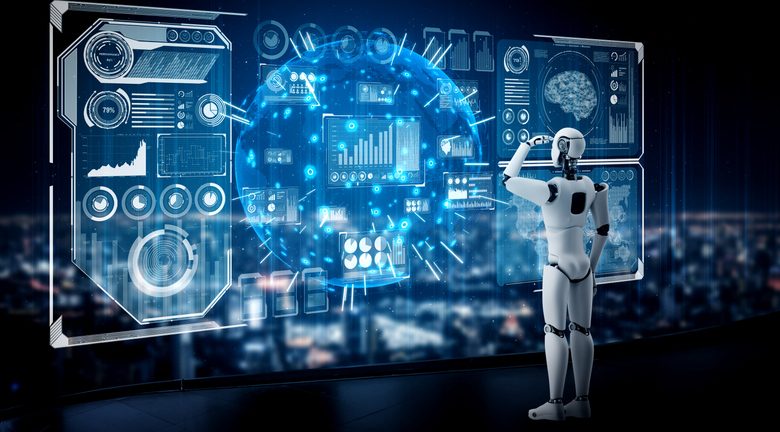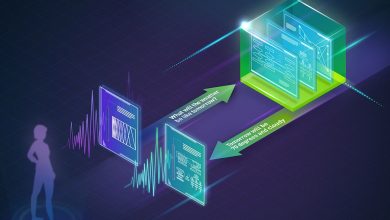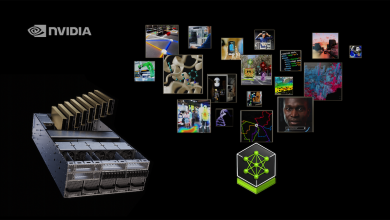The Future of Humans with AI: Three Key Trends to Watch in 2025

Artificial intelligence (AI) is no longer an abstract concept—it’s now a part of everyday life. Since 2020, Malaysia’s AI market has surged, growing at an annual rate of 27.63% and is projected to reach RM4.6 billion this year[1]. This rapid expansion highlights a clear trend: businesses are integrating AI into their operations at an accelerating pace. But this shift isn’t just happening internally—it’s also deeply embedded externally in consumer-facing applications. Brands are leveraging AI agents to create more seamless, personalised experiences across apps, software, and digital platforms, enhancing how communities interact with technology.
At this point, I think we can all agree—AI has evolved to the point it is actively reshaping how we allocate resources, optimise efficiency, and drive progress. But like any powerful technology, AI is a double-edged sword. While it fuels digital transformation, it also blurs the line between humans and bots. Let’s be honest—with today’s AI becoming increasingly person-like, it’s hard to tell whether you’re interacting with an individual or AI. As we move further into this AI-driven era, three key trends will redefine how we engage with technology in 2025 and beyond.
The Human-AI Partnership
Have you noticed a significant shift in the way we work, communicate and make decisions since AI became a mainstream tool in our daily lives? Today, AI is embedded across industries—whether in highly technical fields like robotics, or administrative roles such as customer service, marketing, and recruitment. AI is no longer just a passive tool; it actively collaborates with people to enhance efficiency, playing a role much like a virtual assistant by automating routine tasks, allowing individuals to focus on higher-value goals that require human judgment and expertise. Reports show that 84% of Malaysians have integrated AI into their workflow, primarily to save time and improve efficiency. It also highlights another key finding where 77% of Malaysian professionals struggle with time and energy constraints in completing their work[2]. These insights project the growing demand for AI as a supporting tool and spotlight the human-AI partnership as an emerging trend.
However, the ultimate goal of AI isn’t to replace humans, and as AI continues to reshape productivity across organisations, authenticity and transparency must remain at the core of this evolution. The key is not just innovation, but responsible integration—where technology serves as a partner, not a replacement.
Proof of Human is the Missing Piece in AI-Driven World
Verifying that a digital action is performed by a real, unique individual—rather than a bot or AI—was once an afterthought. With AI-powered bots increasingly being used for both productive and harmful purposes, verification has become essential. Automation is now a staple in customer engagement, but it has also contributed to rising concerns about misinformation, deepfakes and cybersecurity risks.
How urgent is this issue? In just one quarter, cyberattacks surged by 10% from Q2 to Q3 of 2024, with botnet-related attacks flagged as a growing cybersecurity threat[3]. The rise of AI-generated entities has made it increasingly difficult to distinguish between human and automated interactions. This has led to the growing importance of proof-of-human solutions —such as digital authentication to help combat AI-related threats.
Human verification technologies like World ID help build trust in digital interactions and can be combined with tools like Face Auth to strengthen security. For example, Deep Face leverages these integrations to detect deepfakes and other forms of digital fraud.
A 2024 report indicates that modern AI systems can now easily bypass traditional CAPTCHA challenges for online human authentication, highlighting the urgent need for proof-of-human solutions to be integrated into digital interactions[4]. By 2025, the adoption of human-verification technologies is expected to become an industry-standard—ensuring digital interactions remain safe, transparent and fundamentally human-centric.
The Return of A Real Human Network
When the internet first emerged, online interactions were largely assumed to be between real individuals. However, as automation becomes more prevalent, the line between humans and AI has blurred making online interactions feel less certain.
A recent survey found that Malaysians are increasingly concerned about AI-related threats, with 54% worried about identity theft, 45% about deepfakes, and 32% about phishing[5]. This underscores the importance of creating virtual spaces where trust is not assumed but actively validated.
To address this, digital platforms are integrating stronger verification mechanisms to ensure interactions occur between actual people. Social networks, online marketplaces, and dating platforms are adopting identity verification and proof-of-personhood technologies to foster safer, more authentic online experiences. These solutions aim to return control to individuals, enabling them to engage in digital spaces where trust is a given and underlies every seamless performed transaction.
A shift toward networks without bots is driving the resurgence of peer-to-peer communities. Whether for social platforms, ticket sales, or online dating, ensuring that only real people—not bots—shape interactions makes online experiences more authentic and secure. Beyond security, this shift also enhances accessibility and inclusion, helping create a digital world where everyone can participate without the interference of automated bots.
As AI continues to shape our lives, preserving spaces for genuine human connection has never been more important. The future of digital interaction depends on ensuring that technology enhances—not replaces—real human engagement.
[1] https://www.statista.com/outlook/tmo/artificial-intelligence/malaysia#annual-ai-publications
[2] https://theedgemalaysia.com/node/714478
[3] https://www.mycert.org.my/portal/advisory?id=SR-028.122024
[4] https://arxiv.org/abs/2409.08831
[5] https://www.telenorasia.com/digitallivesdecoded/malaysia/




